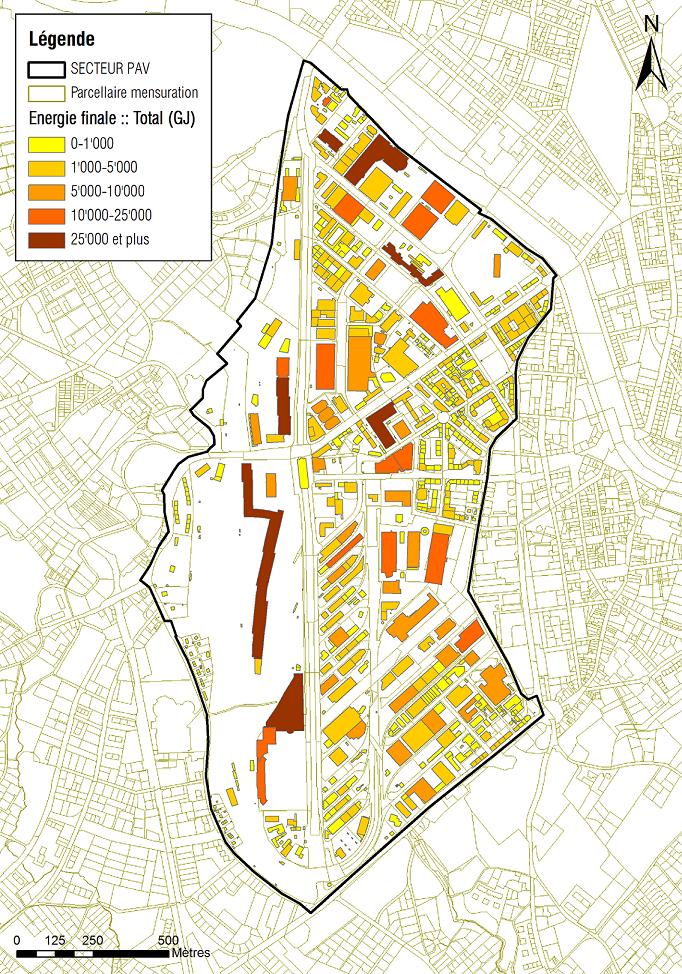Multi-Agent Simulation of Urban Energy Planning: a Decision Support System (SIMAPE)
Sustainable planning of urban energy infrastructures has become one of the priority issues in the energy policy agenda, since the urban zones are responsible for the largest part of the national energy consumption. Actually, public intervention is restricted to the definition of energy strategies and implementation of different incentive schemes aiming to promote rational use of energy. However, in the market conditions dominated by the social choice models private actors can easily move away from sustainable objectives.
The research project SIMAPE is based on the belief that potential decision-makers (public authorities but also private investors, real estate developers, architects and engineers associations, etc.) should be connected in a flexible way to allow the choice of sustainable energy strategies through a concerted process or a negotiation. Then, the definition of energy strategies would be based on “equilibrated interaction between the actors”.
Energy planning should also consider the dynamics of energy systems. Technology choices made by the actors and the effects of these choices on other actors are always changing with time responding to general evolution of the environment. Accordingly, a multi-agent simulation taking in account the behaviours of different actors seems to be the most appropriate analytical tool to manage and improve the energy planning if the final objective is to succeed in a collective and shared vision of energy systems.
The main objectives of the SIMAPE project include:
- To identify the main groups of actors in the context of urban energy planning and to analyse their behaviour in respect of energy technologies choices, with emphasis on sustainable energy technologies;
- To clarify the main types of interaction that could be developed between the actors in the hypothetical circumstances linked to the introduction of new sustainable energy technologies;
- To design the architecture of multi-agent simulation in the urban energy planning context and to develop a prototype model to support the decision-making process;
- To illustrate the applicability of the proposed analytical approach with a practical case study of “Praille-Acacias-Vernets” urban development project (PAV).
Case study: PAV
Praille-Acacias-Vernets district is situated in Geneva canton between Carouge, Geneva and Lancy municipalities. The district accommodates various crafts and industrial activities and offers lucrative opportunities for further urban development. According to the strategic plan PAV is called to become an attractive site with new jobs and housing, where the realisation of new urban development projects will be integrated into the already existing infrastructures. In line with the Geneva strategic vision of “2000 watts society without nuclear power” and the “Energy Master plan of the Geneva canton” the main energy policy goals for PAV district include: development of renewable energies, optimization of energy supply network, building according to high energy efficiency standards and rational use of energy. In this context of mutation, the aim of SIMAPE project is to simulate the implication of PAV actors in to definition of the robust strategies leading to the achievement of these goals.
